Earlier this week, Sara and volunteers helped Chesapeake Conservancy and Merill W. Linn Land and Waterways Conservancy collect live stakes for the Live Stake Collaborative. The Live Stake Collaborative consists of a group of partner organizations including Chesapeake Conservancy, Merill W. Linn Land and Waterways Conservancy, the Pennsylvania Department of Conservation and Natural Resources, Susquehanna University, and Bucknell University who collect live stakes in the fall and winter that are then provided to the partners for restorations projects the following year.
Live stakes are branch cuttings from wetland tree and shrub species that can be planted into the ground alongside streams. They root readily and eventually grow into viable and successful trees. As they grow into trees these live stake plantings help to stabilize the streambanks to stop sediment from eroding into the waterways as well as filter nutrients and other pollution from upslope runoff. They also provide food and shade to the water and the organisms that live there, such macroinvertebrates or fish. Live stakes are especially great because the methods are very simple and super low cost.
Not all trees and shrubs are suitable for use as live stakes. Some of the more common species with high survival rates include Eastern Sycamore, Quaking Aspen, Pussy Willow, Black Willow, Silky Willow, Speckled Alder, Smooth Alder, Buttonbush, Silky Dogwood, Gray Dogwood, Red Osier Dogwood, Winterberry, Ninebark, and Elderberry.
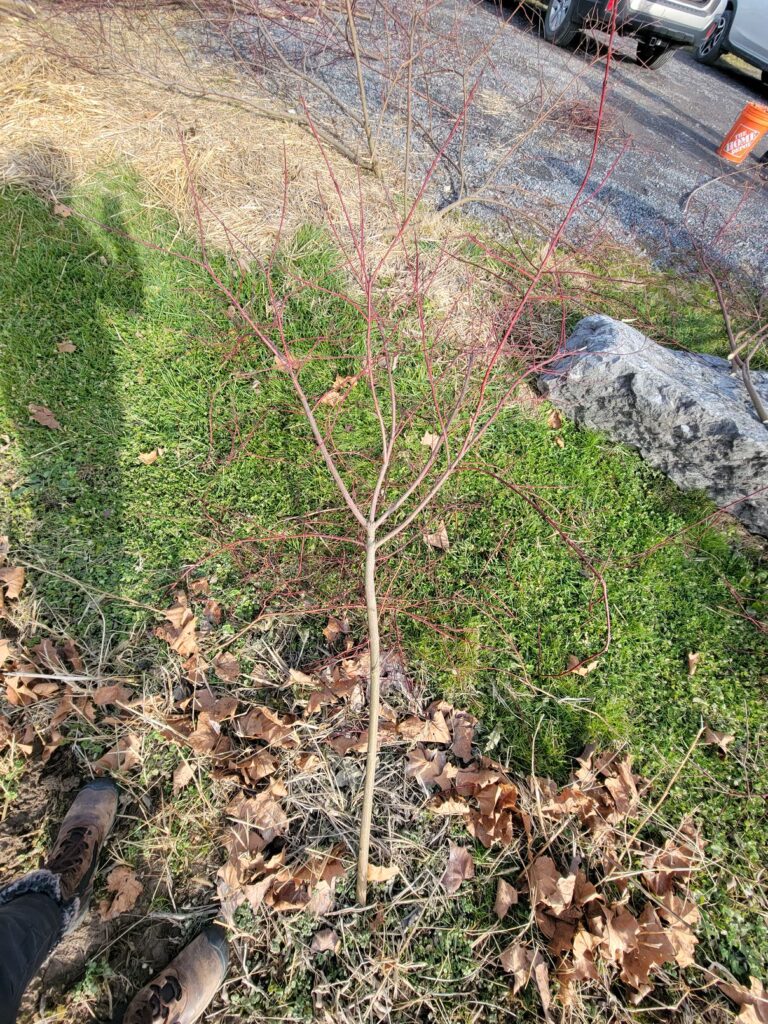
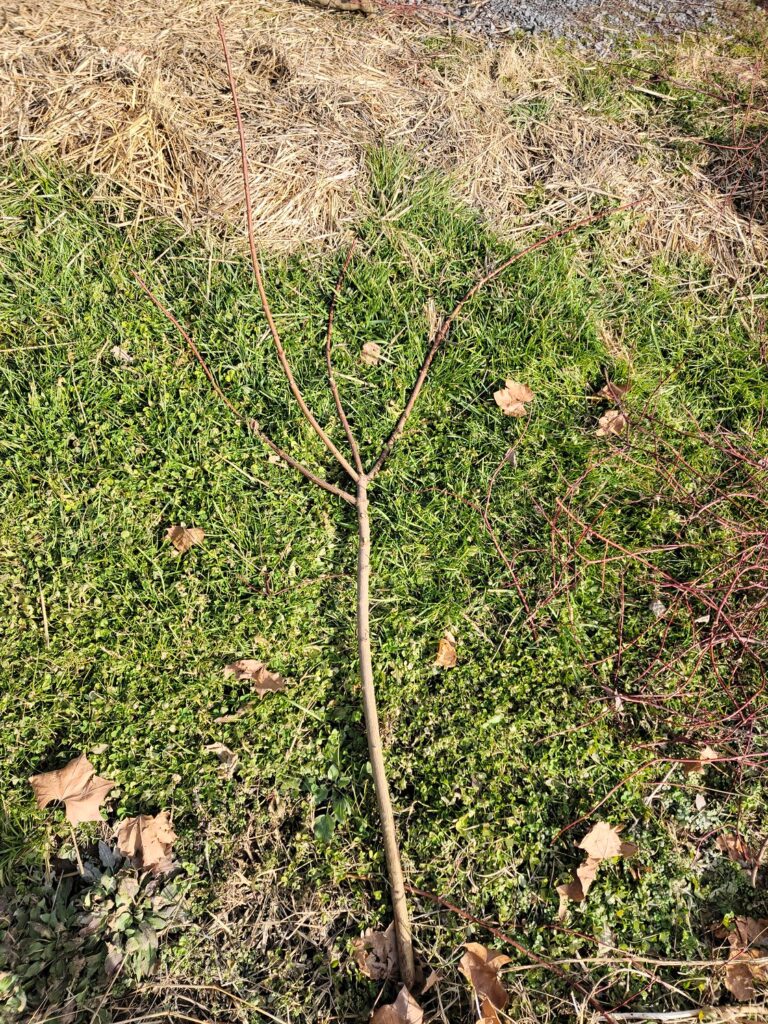
The collection of live stakes occurs during late fall to early spring while the trees and shrubs are dormant. Loppers or pruning shears are used to cut straight stems, removing no more than 30% of the source plant to allow it to regenerate, and waiting several years until that plant is harvested again.
The smaller branches and twigs are removed, then stakes measuring 10-36” in length and ½- 1 ½” diameter are cut, several live stakes can be taken from one individual stem.
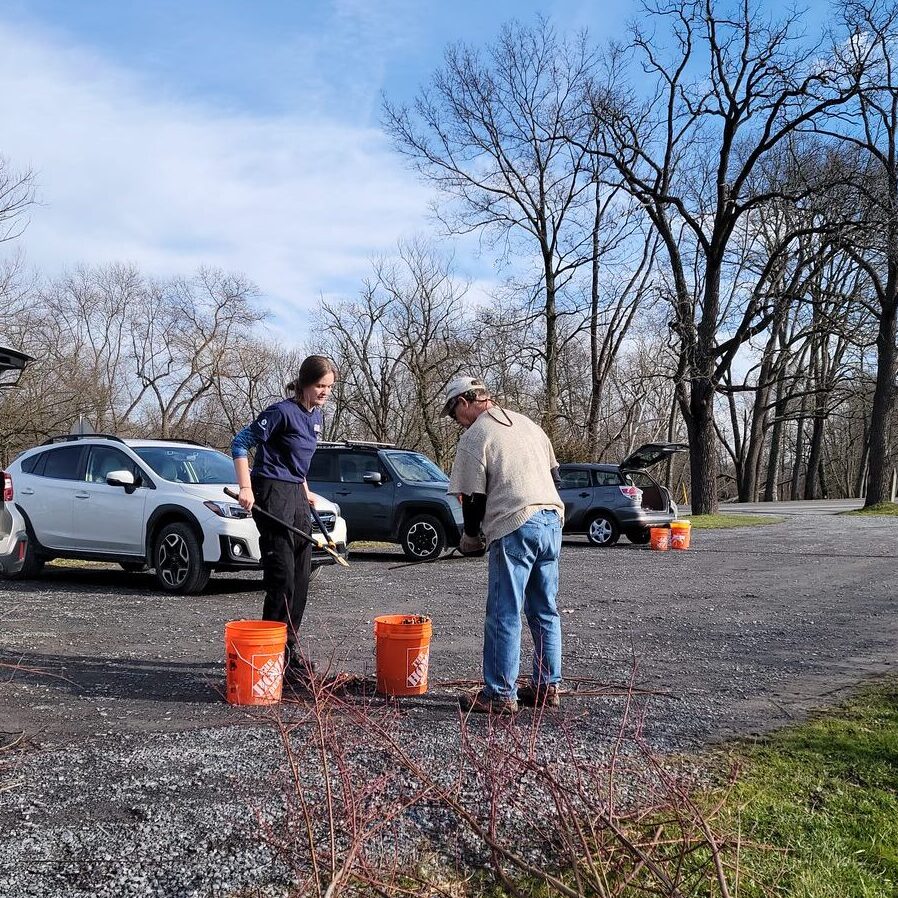
The bottom of the live stakes are cut at an angle to make it easy to determine the orientation when planting, the top end is cut flush.
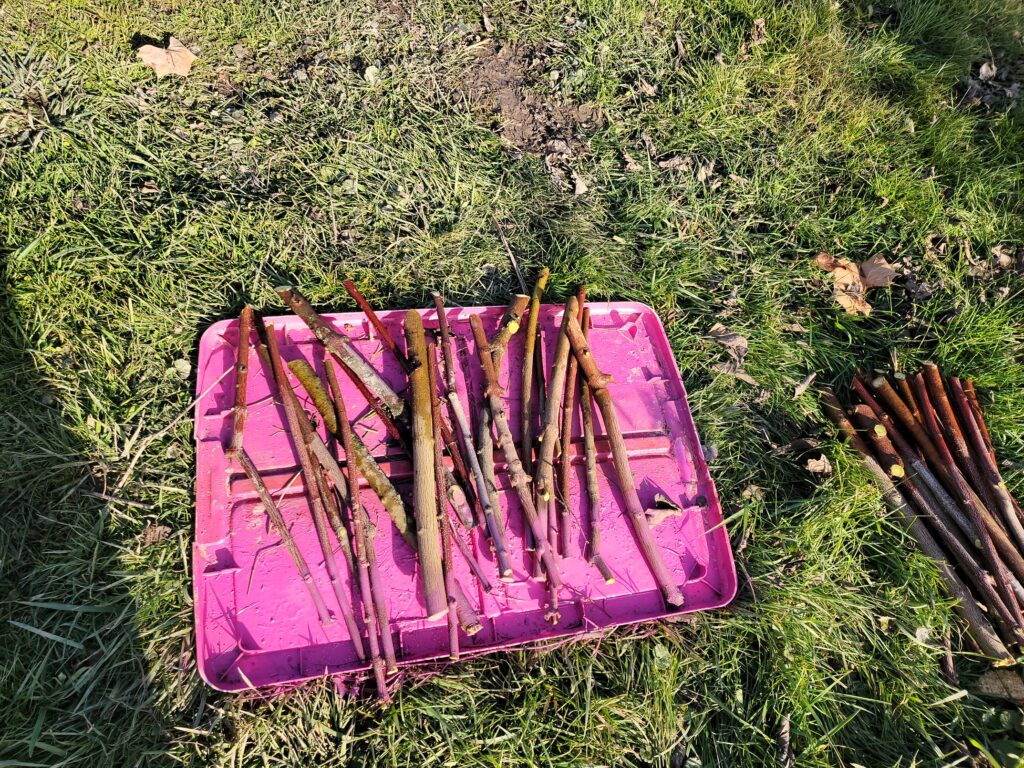
Stakes are then separated into groups of 20 of the same species, the tops are spray painted according to a color code for each species, and the groups bundled together with rubber bands.
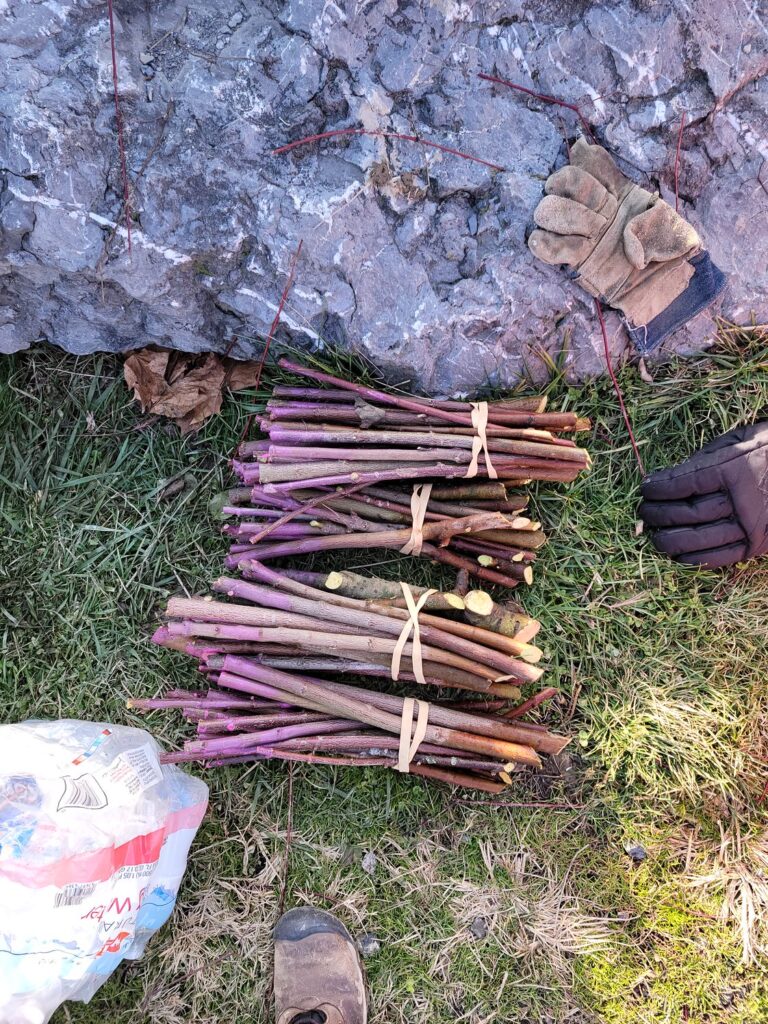
The stakes are placed into a large garbage bag, as much air removed as possible and moistened rice hulls are added to provide moisture while the sealed, and labeled bags are kept just above freezing until they are needed for planting the following year.
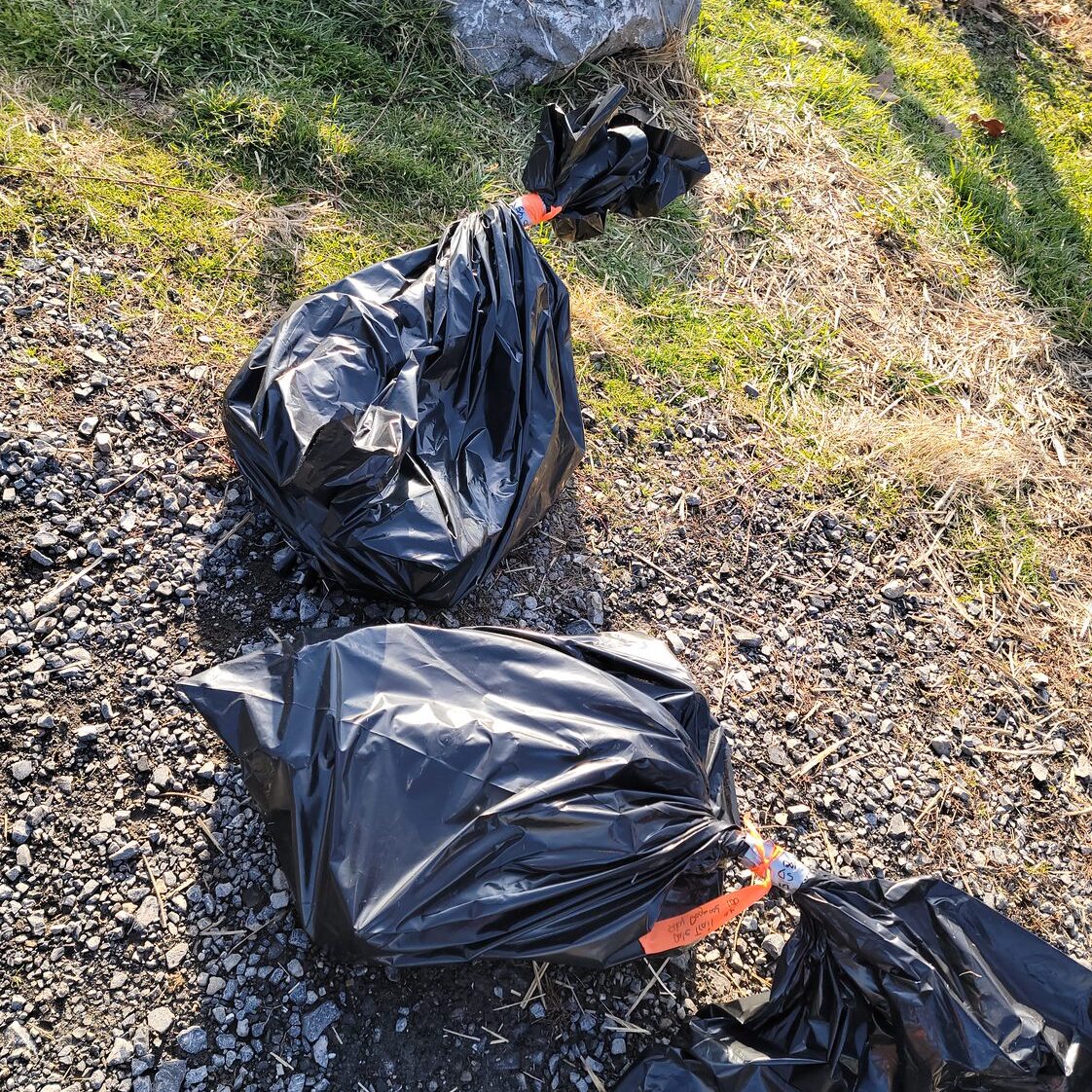
The Live Stake Collaborative’s efforts collected over 400 live stakes of Silky Dogwood and Elderberry during this outing. If you would like to learn more The Live Stake Collaborative of the live stake planting process visit https://www.chesapeakeconservancy.org/precisonconservationinpa/conserve/live-stake-planting/

